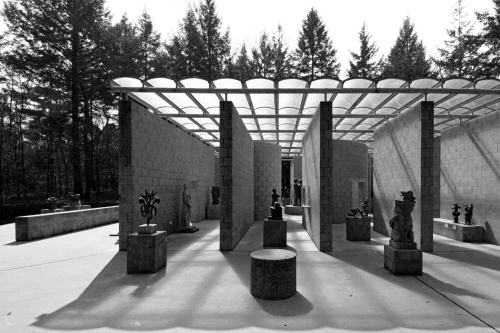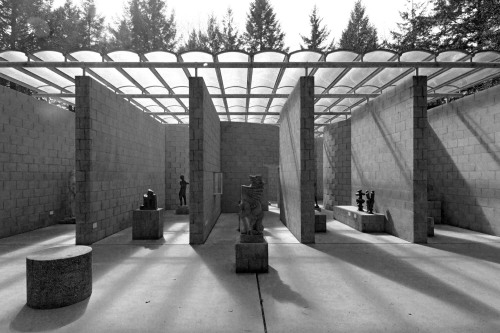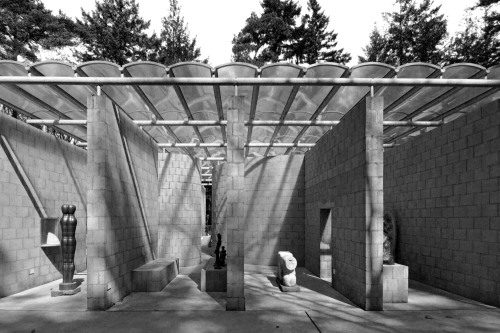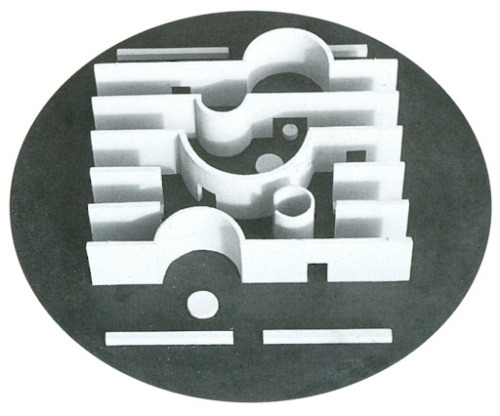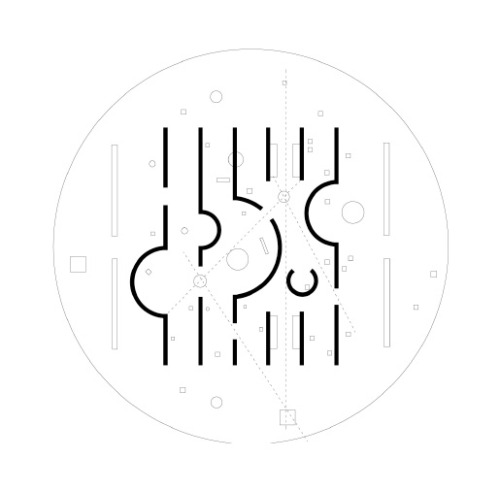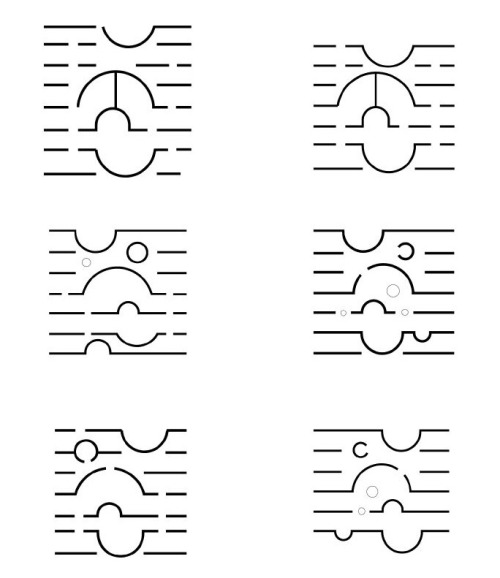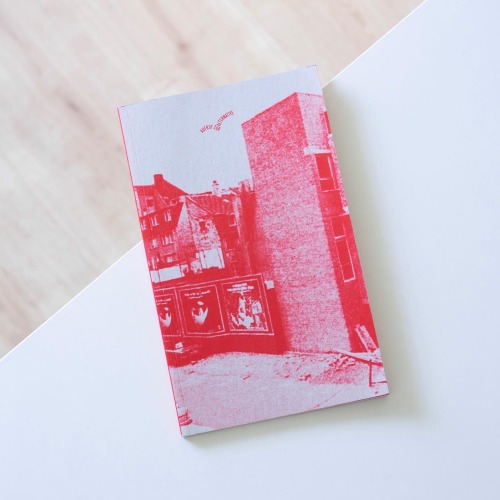#aldo van eyck
Children’s Playground (1956) at Zeedijk in Amsterdam, the Netherlands, by Aldo van Eyck & Joost van Roojen
Post link
One day before Christmas 1978 Joseph Beuys published his „Aufruf zur Alternative“ [Appeal for Alternatives] in the German newspaper „Frankfurter Rundschau“, a manifesto in which he pleads for a humane society and a man-based system since both Capitalism and Communism have failed miserably. In 2011 the Kunstsammlung NRW borrowed the title of Beuys’ manifesto for the first exhibition at their new venue, the Schmela Haus in Düsseldorf. The concept was to bring together a number of artists that would explicitly seek the engagement with the spaces of the house designed by Aldo van Eyck. Far from offering white cube neutrality the former spaces of the Schmela gallery challenge art and artists while at the same time offering unique perspectives and possibilities for art to unfold. Shaina Anand, Luca Frei, Group Material, Christine & Irene Hohenbüchler, Jenny Holzer, Sora Kim, Sarah Pierce and Kateřina Šedá, all of the known for their poetic social commitment, were invited to create site specific works. Each of the participating artists in their very own way took up the example of Beuys’ profound protest and reactivated it inside the Schmela Haus. At the same time the artists drew lines between the venue’s history and the social dimension of Van Eyck’s spatial concept that emphasized genuine interaction.
The accompanying catalogue, edited by curator Lisa Marie Schmidt, is an exceptionally handsome little gem that beyond the exhibition also elaborates the history of the Schmela Haus: in an interview Ulrike Schmela, the daughter of Alfred Schmela, recounts the building’s genesis and how the unusual spaces were used by her father. This historical sketch is supplemented with a number of historic photographs, most notably those of Bernd Becher who documented the building process, and contemporary articles that illustrate the otherness of the Schmela Haus. „Aufruf zur Alternative“ is a wonderful little catalogue and much richer than was expectable from 60+ page volume.
Post link


